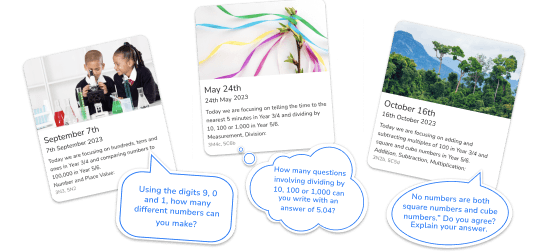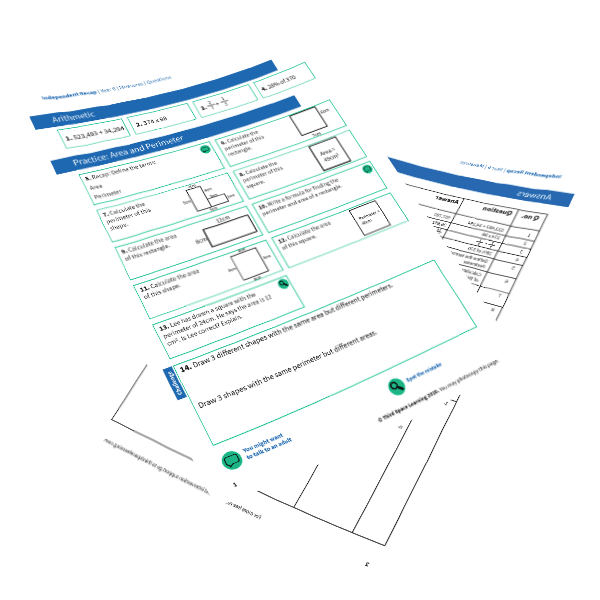What Is Perimeter: Explained For Primary Teachers, Parents And Kids!
The perimeter of a shape is the measurement around its edge (the perimeter of a circle is called the circumference).
This blog is part of our series of blogs designed to explain key KS1 and KS2 maths concepts for those supporting primary aged children at school or as part of home learning. Look out for the free home learning resources also available
What is perimeter
The perimeter of a shape is the total measurement of all the edges of a shape e.g. a triangle has three edges, so its perimeter is the total of those three edges added together.
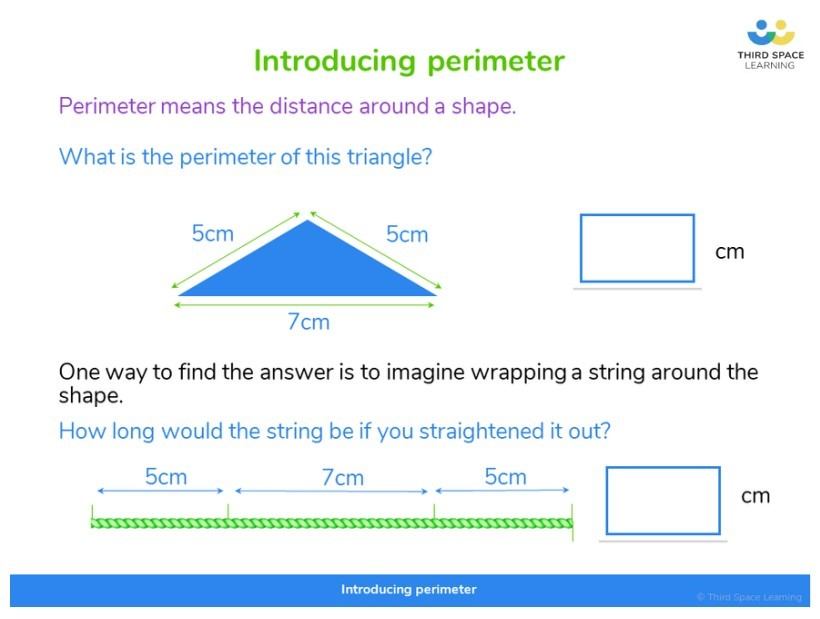
The perimeter of a square is easy to calculate if one side is given as all sides are the same length; the perimeter of a square with side length 5cm is 20cm, because 5 x 4 = 20. The perimeter of a rectangle can be calculated by adding the length and width together and doubling it.
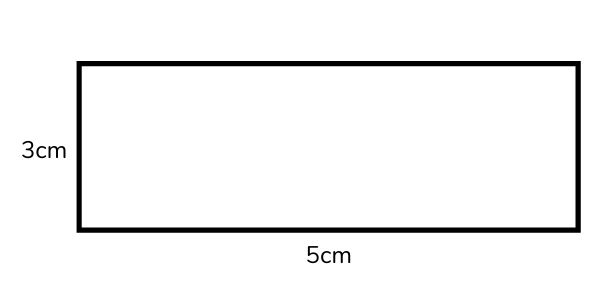
The perimeter of a rectangle with a length of 5cm and width of 3cm can be calculated as 5 + 3 + 5 + 3 (two lots of the length + two lots of the width), or double 5 + 3, which is 16cm.
How to measure the perimeter of a shape
When measuring the perimeter of more complex shapes, children could be encouraged to highlight each edge as they add it together to ensure they don’t miss any out.
When will my child learn about perimeter in primary school?
Perimeter is taught in KS2. Children begin by learning to measure the perimeter of simple 2-D shapes in Year 3. This is built on in Year 4, where children measure and calculate the perimeter of a rectilinear figure (including squares) in centimetres and metres.
In upper KS2, children measure and calculate the perimeter of composite rectilinear shapes in centimetres and metres (including using the relations of perimeter or area to find unknown lengths, as advised by the non-statutory guidance for Year 5).
In Year 6, children will recognise that shapes with the same areas can have different perimeters and vice versa.
FREE Area and Perimeter Worksheet
Download this FREE Area and Perimeter Worksheet for Year 6 pupils, from our Independent Recap collection. A resource intended to provide opportunities for pupils to independently practise what they’ve been learning.
Download Free Now!How does perimeter relate to other areas of maths?
Perimeter is most closely linked to properties of shapes, 2D shapes and 3D shapes, and is one of the most basic and important parts of KS2 Geometry.
A good understanding of how to calculate the perimeter of a shape is needed before children can begin to learn more complex geometric ideas such as area and volume.
Wondering about how to explain other key maths vocabulary to your children? Check out our Primary Maths Dictionary, or try these primary maths terms:
- What Is A Venn Diagram: Explained For Primary Parents and Kids
- What Is Place Value: Explained For Primary Parents And Kids
- What Is The Highest Common Factor: Explained For Primary Parents And Kids
Practice perimeter questions
1. Calculate the perimeter of this square.
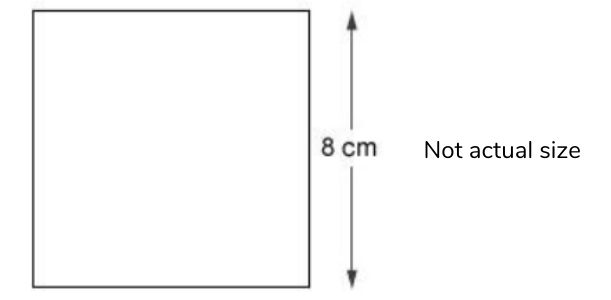
(Answer: 8 x 4 = 32cm)
2. Sam drew a rectangle with a perimeter of 28cm. His rectangle was 10cm long. How wide was it?
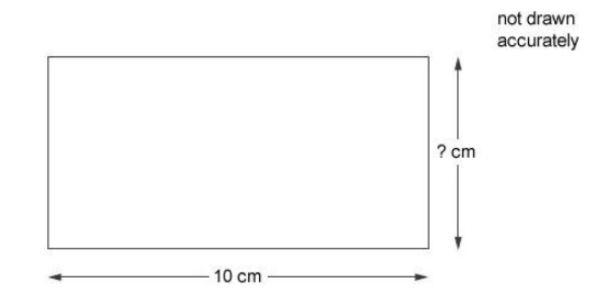
(Answer: 4cm)
3. Here are some shapes on a 1cm square grid. a) What is the perimeter of shape A? b) Which shape has the smallest perimeter?
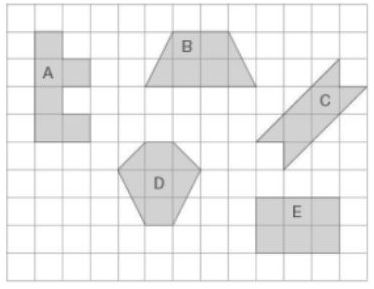
(Answer: a) 14cm b) D)
4. Megan says, ‘If two rectangles have the same perimeter, they must have the same area.’ Is she correct? Explain how you know.
(Answer: No – 20cm perimeter could be 2 x 10 or 4 x 5)
5. Here is an equilateral triangle inside a square. The perimeter of the triangle is 48cm. What is the perimeter of the square?
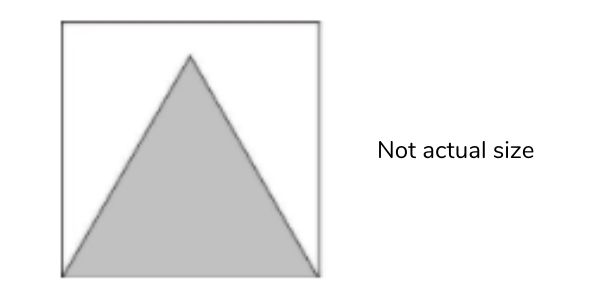
(Answer: 64cm (48/3 = 16 (one side of the triangle) so 16 x 4 = 64)
The perimeter is the distance around the edge of a shape.
The perimeter can be found my adding together the lengths of each side of a shape.
For example, a rectangular shaped field with a length of 24m and a width of 15m will have a perimeter of 78m.
DO YOU HAVE PUPILS WHO NEED MORE SUPPORT IN MATHS?
Every week Third Space Learning’s specialist primary maths tutors support thousands of students across hundreds of schools with weekly online 1 to 1 maths lessons designed to plug gaps and boost progress.
Since 2013 these personalised one to one lessons have helped over 150,000 primary and secondary students become more confident, able mathematicians.
Learn about the scaffolded lesson content or request a personalised quote for your school to speak to us about your school’s needs and how we can help.
